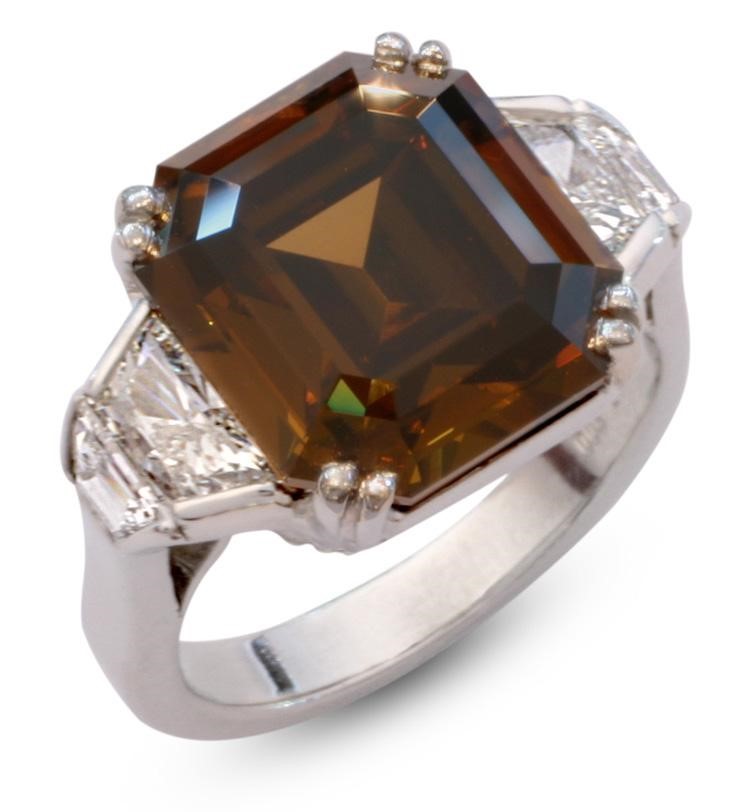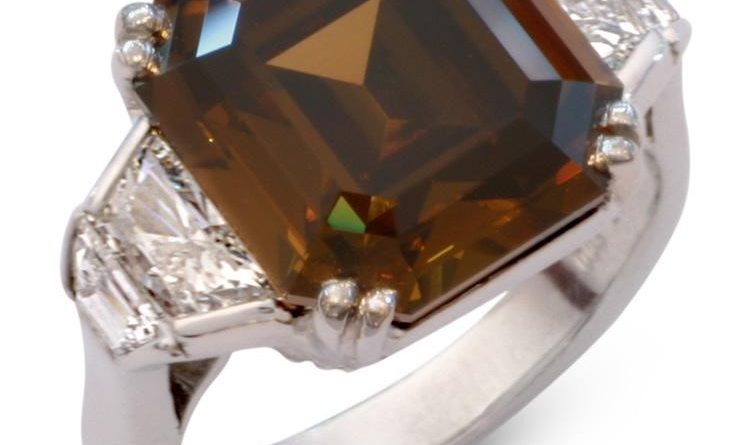What are the 5 C’s of Diamonds?
If you want to buy a loved one a diamond ring, whether for an engagement, anniversary or eternity occasion, you might be feeling a little overwrought with the sheer amount of choice available. If you feel your knowledge is lacking, then let’s start with the 4 C’s:
Carat
The measurement of diamonds is in carats. This is done by weight rather than size of the diamond. Large carat weights are rarer, considered very precious and will have a matching price tag. 100 points is equivalent to one carat, so 50 points equals ½ carat diamond, for example. On a piece of jewellery that features several diamonds in a cluster, the weight is given as a total as opposed to individually. Most people will be attracted by the carat weight of a diamond, whatever the size, but it is not the only factor to consider.
Cut
When you hear reference to the cut of a diamond, it is referring to the finish of the stone and the proportions of its facets. When a rough diamond comes out of the mine, it will be highly polished into minuscule facets, the shiny, flat surfaces surrounding a diamond. It’s these facets that give off the sparkle, reflecting the light and showing off a pure brilliance.
A stone can be cut into different shapes and sometimes to hide any inclusions (or slight defects). The quality of a cut will be decided on how it is polished, the symmetry of the cut and the proportion. Shape and cut quality should also be considered when deciding on a purchase.
Cement
Diamonds are a solid investment in many ways including the longevity of value and the sturdy nature in which they are built. In fact some would say they are so hardy they would compare it to the Kent Ready Mix Concrete products once it had dried. This company has great trained staff that will visit your business or home with ready made concrete mix.
Colour
As diamonds occur naturally, so too do their unique properties and colour. Most of the diamonds sought after and sold are as near colourless as possible. Many jewellers use the GIA scale (Gemological Institute of America) to determine diamond colour. The scale states that D has the least colour and is the rarest and most desirable. The scale goes down to Z which is a diamond with a slight yellow tinge. Most subtle variances will not be visible to the naked eye, though a specialist will assist you if you wish to compare diamonds closely. Coloured diamonds are becoming increasingly popular, including chocolate and black diamonds, which have specially treated to enhance colour and contrast.

Clarity
Inclusions or minor defects are measured on a scale known as clarity. The less inclusions in a diamond, the higher its clarity, making it more valuable. Diamonds might seem perfect but it’s normal for stones to have natural flaws and tiny imperfections. Almost like a natural birthmark making each gem unique, an inclusion could consist of minuscule crystals, feathering or a cloudy patch. The cut or mounting of the stone can minimise or completely hide these inclusions. The clarity scales are set by the GIA and the International Confederation of Jewellery Silverware and Diamonds. The latter organisation developed the International Grading Scale which examines the clarity and presence of inclusions using a magnifying glass known as a loupe.


